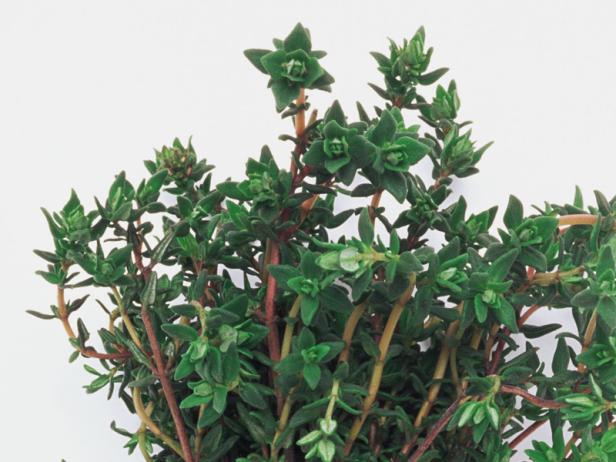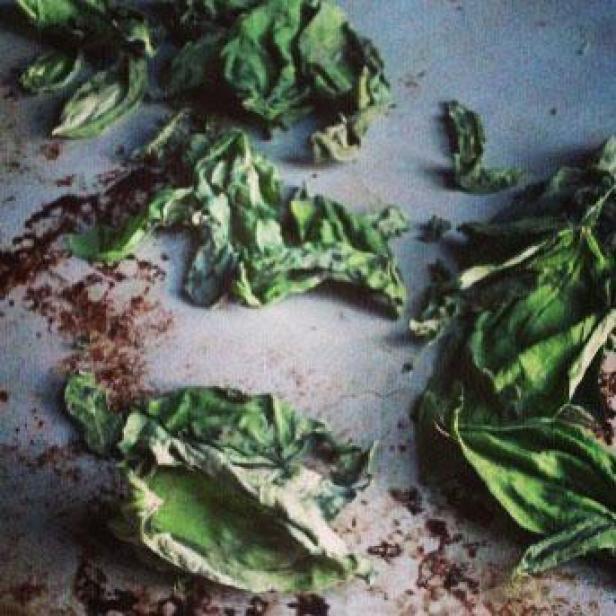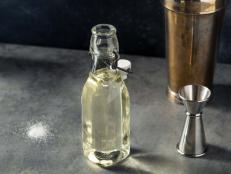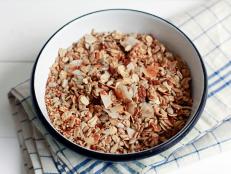How to Make Your Own Dried Herbs — Simple Scratch Cooking

www.imagesource.com, www.imagesource.com
I used to have a backyard bursting with bunches of basil, parsley, lemon thyme and a plethora of other herbs. Whenever a recipe called for some, I’d just go and pluck a handful. Aside from the hot, balmy New York City summers when the plants required constant care, mother nature mostly did the work — sunshine during the day and the occasional rain once a week, which supplied enough water to make up for the days I forgot to give them a sprinkle with the hose.
The apartment I live in now doesn’t have a garden, so I rely on window boxes for growing fresh herbs. Indoor plants need more attention and due diligence, especially in the water department. When I went away for the Christmas holidays this past December, I forgot to set up my self-watering globes. It was no surprise that I came home to bone-dry plants.
As with all of life’s mistakes, though, there is a lesson to be learned. Ever since I accidentally killed all my plants, I’ve been relying on the farmers’ market for fresh herbs — luckily we have a hydroponic farmer at the Union Square market during the winter months. The problem with buying herbs versus growing them is that I don’t usually finish up the bunch before it wilts. Then one day, I glanced at the old containers of dried-up plants (I swear I’m going to empty them this week), and suddenly the light bulb went off. With a little planning, I could make my own dried herbs. I use the fresh-bought herbs as I would normally, but just before any leftovers hit the wilting stage, I pluck the leaves and set them on a baking sheet.

In a few days, the plants have been completely dehydrated, producing homemade dried herbs. It’s a great way to reduce unnecessary waste in the kitchen, and they have an incredibly vibrant flavor compared to dried herbs available in the supermarket. This is undoubtedly due to the “freshness” of the homemade variety. I store them in old spice jars and label the jars accordingly.
The basic technique for drying fresh herbs is the same, regardless of the type — lay the leaves on an unlined plate or baking sheet until they are completely dry and crisp. However, the amount of time fresh herbs will last, and how long they take to dry out varies. The temperature in your house impacts the drying time too. In the winter, when the weather tends to be drier, herbs will dehydrate quicker. Plan on a longer drying time in the summer, when the weather tends to be more humid.
Here’s a timeline for the varieties I’ve been experimenting with so far:
• Basil (fresh) will last about 3 days, if the roots are attached to the plant. Place the bunch in a cup of water and let it sit on the counter top. Use it as needed, until the leaves start to go limp. Drying time is about 5 days.
• Parsley and sage are sturdier than basil and can handle the colder temperature of the fridge. Stored in the vegetable crisper, wrapped in a towel, it will keep fresh for about 1 week. You can then pluck the leaves and set them out to dry, which will take about 1 week.
• Thyme and oregano, wrapped in a towel, will stay fresh in the crisper bin of the fridge for 1 to 2 weeks, depending on the humidity level of the drawer. It is best to dry these herbs on the stem, which takes about 1 week.
Jennifer Perillo is a recipe developer and food writer living in Brooklyn, N.Y. Her recipes and tips for feeding families homemade meals are a regular feature in Working Mother magazine, where she’s the consulting food editor, as well Relish Magazine , Parenting , Kiwi and her blog, In Jennie’s Kitchen.

































